SEYDOU KEITA
Fotografo – Bamako 1921 – Parigi 21 novembre 2001
E' CONSIDERATO IL RITRATTISTA
DELL'ANIMA AFRICANA

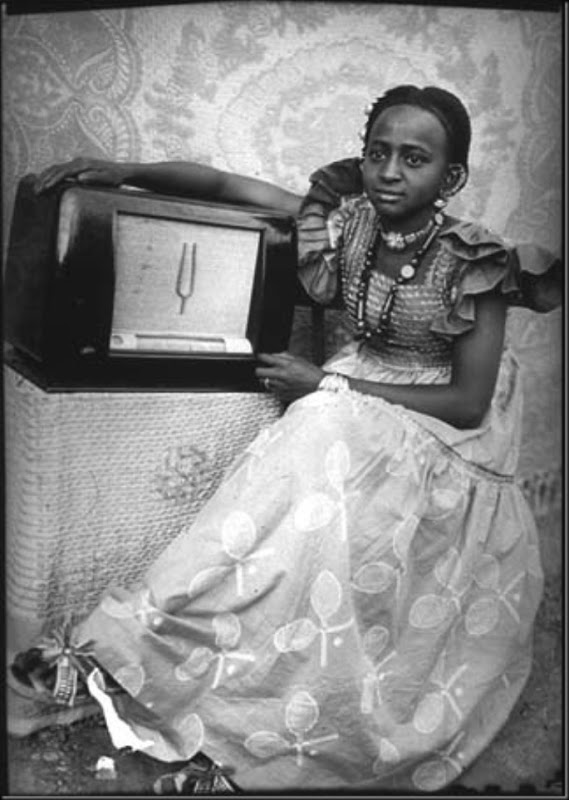


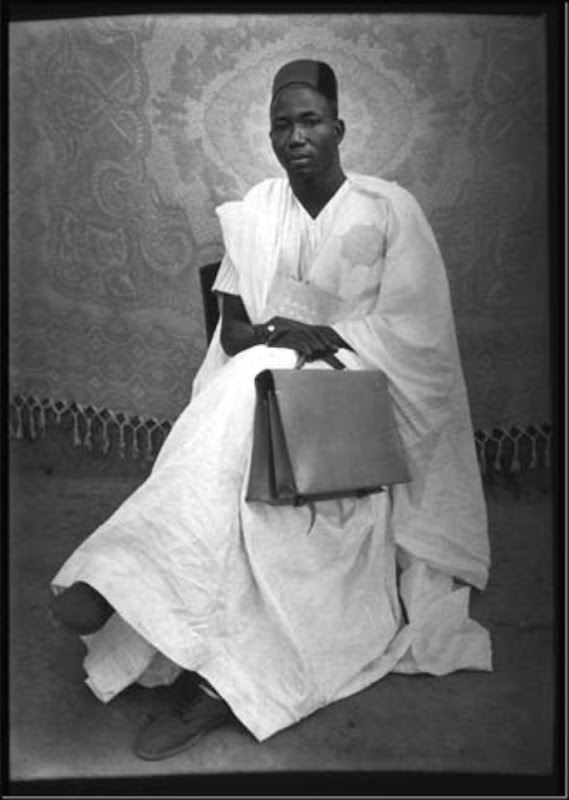

Seydou Keita nato nel 1923 a Bamako cominciò a fotografare nel 1945,ritraendo i propri familiari e sviluppando le istantanee presso il laboratorio di Pierre Garnier.
Nel 1949 apre il suo studio e con una macchina acquistata d'occasione e pochi accessori fotograferà fino agli anni '70.
Dal 1962 al 1977 ha lavorato per l'amministrazione dello Stato, come fotografo per la Sicurezza nazionale, anche se oggi non risulta alcuna documentazione di quel periodo.
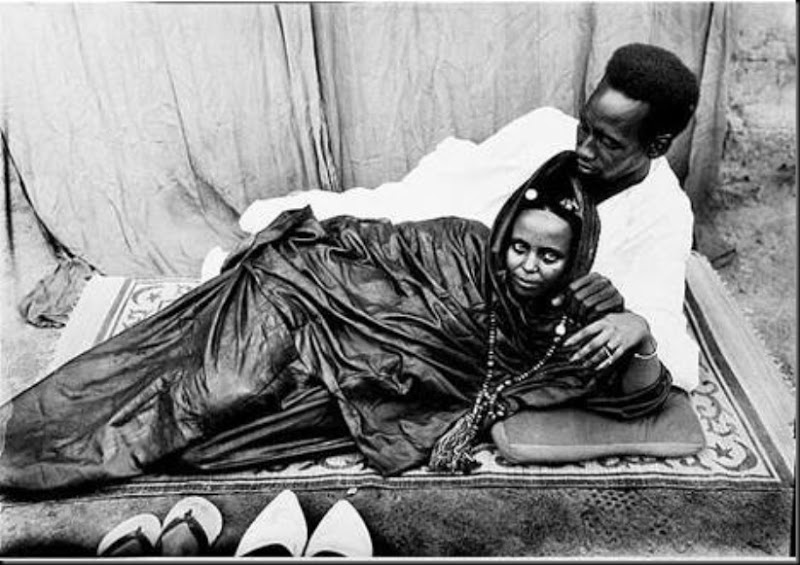
Keita ha lasciato a Bamako, dove risiedeva, il suo grande archivio di negativi,da quando, nel 1977, ha lasciato l’attività.
Seydou Keita è forse il più grande tra i fotografi di studio africani.
Ciò che colpisce nelle sue fotografie è la grande abilità compositiva:
le pose dei soggetti ritratti, gli accessori, sempre decisivi nel caratterizzare ogni singolo scatto, e gli sfondi, semplici ma inconfondibilmente maliani,sono gli elementi che rendono unica l’opera di Keita, uno spaccato sociologico e antropologico del Mali che non ha sicuramente eguali.
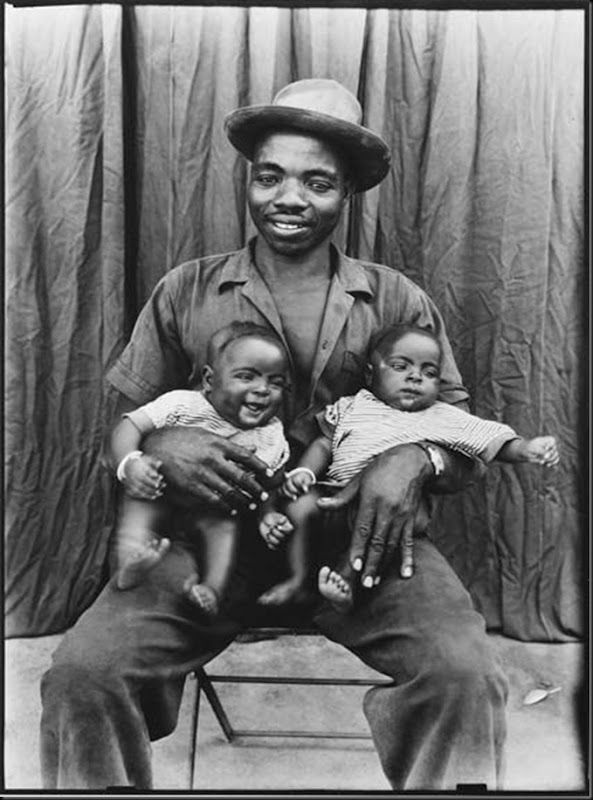
La tecnica usata prevalentemente da Keita per lo sviluppo fotografico è quella della gelatina e dei sali d’argento, che permette un passaggio netto dal bianco a nero, donando nitidezza e contrasti molto netti alle immagini.


Egli cerca di immortalare in “stile esplicitamente africano” i soggetti fotografati,
li inserisce in scenari particolari ed estremamente rappresentativi della cultura e del modo di vivere africani.
Le figure vengono spesso ritratte come modelli ideali per la collettività,leggermente sospesi al di sopra del quotidiano.

I singoli o i gruppi di persone che vengono immortalati negli studi fotografici di Bamko, desiderano fermare un’immagine ideale di se stessi, ed è per questo che sono spesso accostati ad oggetti ed abbigliamenti che non rappresentano affatto la vera quotidianità.
La realtà è volutamente tenuta fuori da questo tipo di espressione artistica,ciò che si desidera comunicare è fondamentalmente un messaggio simbolico esplicitato dall’utilizzo di particolari fondali con stampe bicromatiche, costumi, accessori e posture che rimandano ad uno specifico spaccato socio-culturale:
quello di una società investita dai mutamenti, una borghesia africana nascente,
l’arrivo della modernità e la contraddizione tra voglia di occidente e modernità e rispetto delle tradizioni locali .
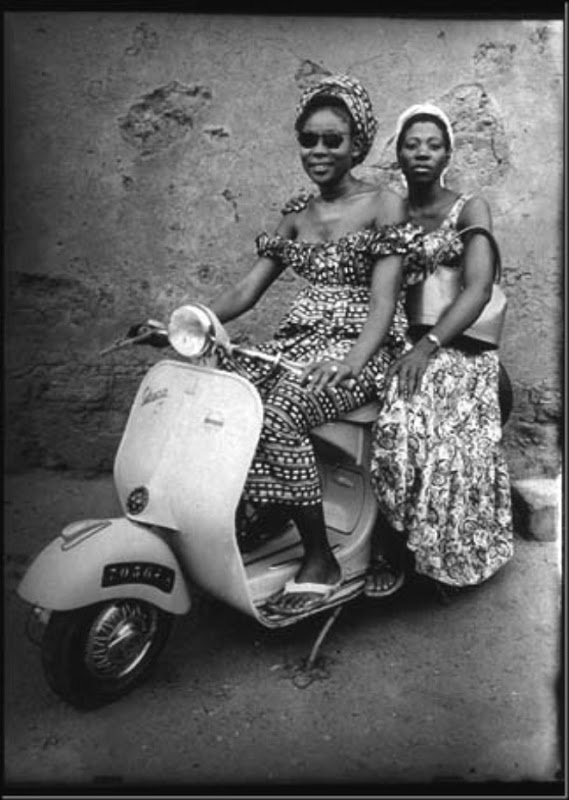




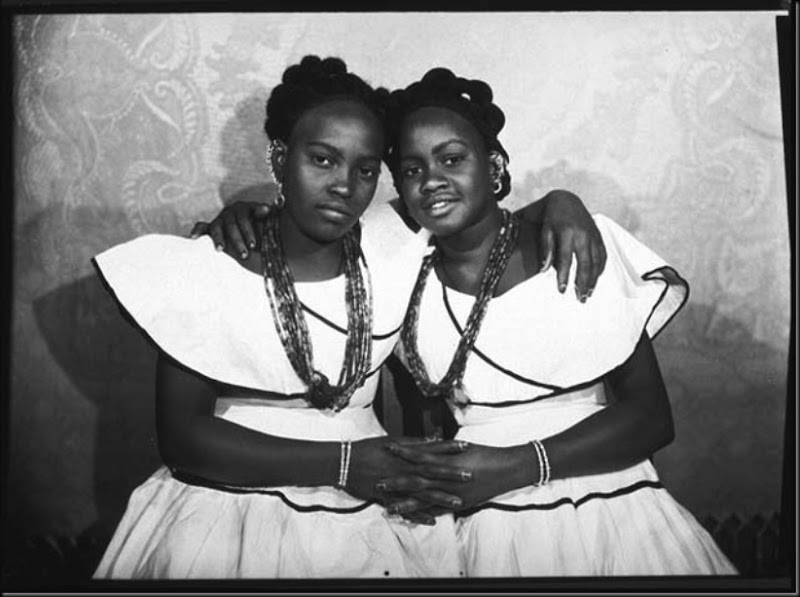



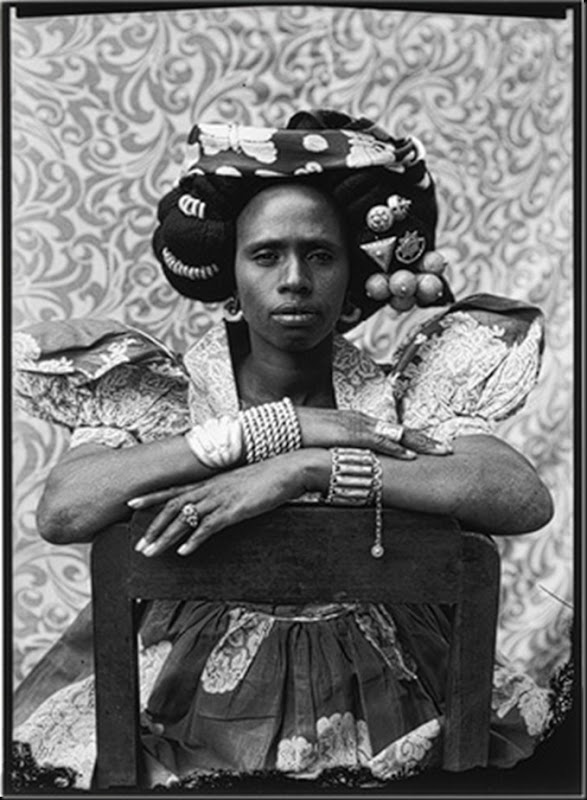


Born c. 1921, Bamako, Mali --Died 2001, Paris, France
Seydou Keïta’s photographs eloquently portray Bamako society during its era of transition from a cosmopolitan French colony to an independent capital. Initially trained by his father to be a carpenter, Keïta’s career as a photographer was launched in 1935 by an uncle who gave him his first camera, a Kodak Brownie Flash, which he had purchased during a trip to Senegal. During his adolescence Keïta mastered the technical challenges of shooting and printing; he later purchased a large-format camera. The larger format not only offered an exceptional degree of resolution, it also made it possible for Keïta to make high quality contact prints without the aid of an enlarger. In 1948 he opened his own studio in Bamako and he quickly built up a successful business. Whether photographing single individuals, families, or professional associations, Keïta balanced a strict sense of formality with a remarkable level of intimacy with his subjects. Like many professional photographers, he furnished his studio with numerous props, from backdrops and costumes, to Vespas and luxury cars. He would renew these props every few years, which later allowed him to establish a chronology for his work. Keïta commented on his studio practice, “It’s easy to take a photo, but what really made a difference was that I always knew how to find the right position, and I was never wrong. Their head slightly turned, a serious face, the position of the hands . . . I was capable of making someone look really good.” Keïta went to exceptional lengths to bring out the beauty of his subjects and the brilliant patterns of his backdrops proved a particularly effective foil. He worked intuitively, reinventing portrait photography through his search for extreme precision. In 1962 the newly installed Socialist government made Keïta its official photographer; shortly thereafter he closed down his studio, although he remained active until his retirement in 1977. His archive of over 10,000 negatives was gradually brought to light in the early 1990s; Keïta has since achieved international recognition. Inventive and highly modern, his emphasis on the essential components of portrait photography—light, subject, framing—firmly establishes Keïta among the twentieth-century masters of the genre.
caacart


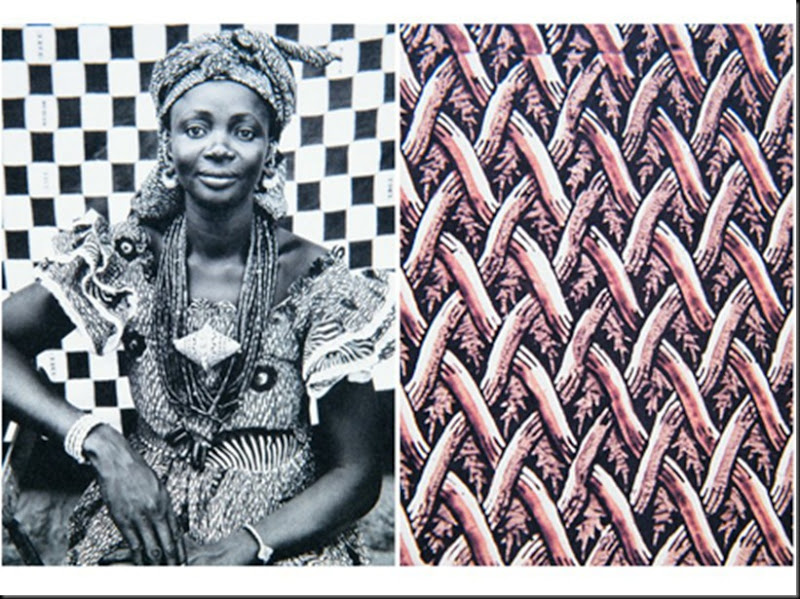

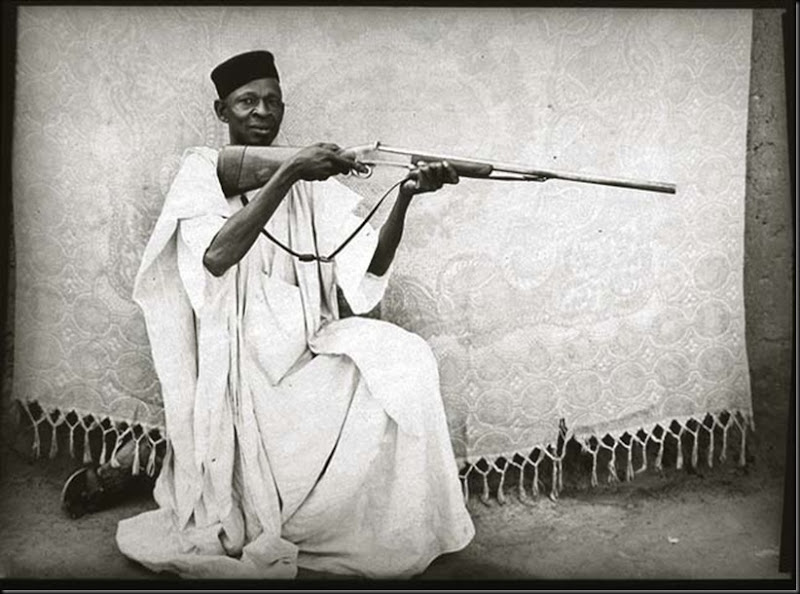

Nessun commento:
Posta un commento